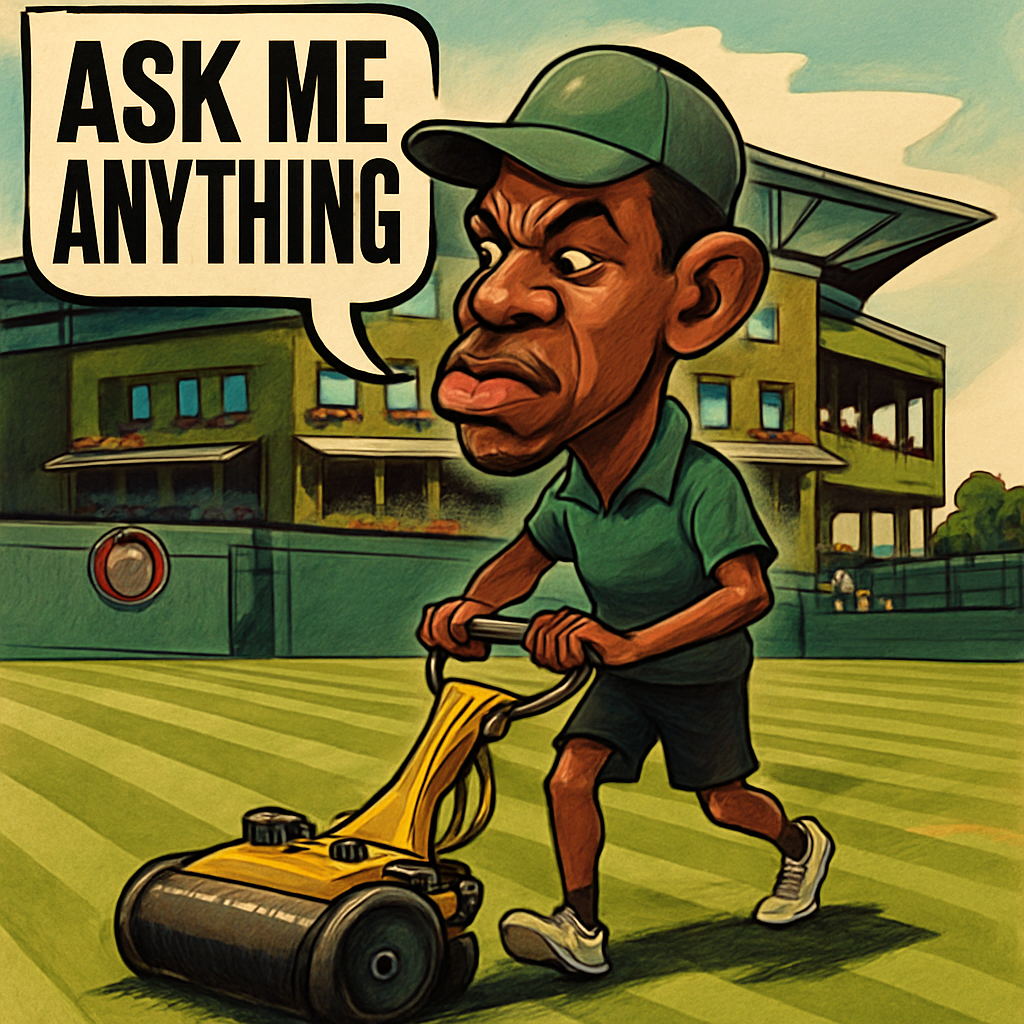LONDON — As temperatures soar during the Wimbledon Championships, players, officials, and fans often wonder: What are the heat rules at Wimbledon, and when is it considered unsafe to play? BBC Sport’s Ask Me Anything team breaks down the policies and science behind playing in extreme heat at the All England Club.
Introduction: The Challenge of Playing in the Heat
Wimbledon, known for its grass courts and traditional white attire, is no stranger to sweltering summer conditions. While rain delays are more commonly associated with the tournament, extreme heat can also disrupt play. The All England Club has specific guidelines to ensure player safety, balancing competitive fairness with health risks. "Player welfare is our top priority," a Wimbledon spokesperson told BBC Sport.
How Does Wimbledon Measure Heat?
Unlike some tournaments that rely solely on temperature readings, Wimbledon uses the Wet Bulb Globe Temperature (WBGT), a more comprehensive metric that accounts for humidity, wind speed, and solar radiation. This provides a clearer picture of the actual stress on players’ bodies.
- WBGT Threshold: Play may be suspended if the WBGT exceeds 30.1°C (86.2°F).
- Court Surface Impact: Grass courts absorb less heat than hard courts, but direct sunlight can still raise on-court temperatures significantly.
- Player Feedback: Officials also consider input from medical staff and players.
When Are Matches Suspended?
The decision to halt play rests with the referee, who consults the tournament’s medical team. In recent years, matches have been paused or delayed due to extreme heat, particularly during midday peaks. "We monitor conditions continuously," said a Wimbledon official.
Key Triggers for Suspension
The following factors may lead to a pause in play:
- WBGT exceeding 30.1°C for an extended period.
- Multiple players requiring medical attention for heat-related issues.
- High humidity reducing the body’s ability to cool itself.
Player Adaptations and Precautions
Players employ various strategies to cope with the heat, from hydration plans to cooling vests. "I drink electrolytes constantly and avoid playing in the hottest part of the day," said 2022 champion Elena Rybakina.
Common Player Strategies
- Frequent ice towel breaks during changeovers.
- Wearing light-colored, breathable clothing.
- Scheduling training sessions early or late in the day.
Historical Heat Incidents at Wimbledon
The 2018 tournament saw some of the hottest conditions in Wimbledon history, with temperatures reaching 35°C (95°F). Several players, including Novak Djokovic, called for a heat rule after struggling through matches. "It’s brutal out there," Djokovic said at the time.
Conclusion: Balancing Competition and Safety
Wimbledon’s heat policies aim to protect players while maintaining the integrity of the competition. As climate change increases the frequency of extreme weather, these rules may evolve further. "We’re always reviewing our protocols," a tournament spokesperson confirmed.
For now, players and fans can expect careful monitoring and timely interventions when conditions become unsafe. Whether it’s rain or heat, Wimbledon’s adaptability ensures the Championships continue smoothly.

